
Dave and Kate Kruk’s long and complicated story started with a phone call.
It came in one evening in early November 2010. It was Dave Kruk’s sister Kasey, who lived near Syracuse, New York, with her boyfriend and their three young boys. Kasey asked whether she could stay with her brother and sister-in-law. She and her boyfriend weren’t getting along, and she needed a break.
Dave Kruk, who works for the New York State Department of Taxation and Finance, agreed to take her in, and he took the next day off. He left home in Rotterdam, a small town in Schenectady County, New York, and drove two hours to pick up his sister. Her sons, who were 8, 6 and 2, stayed behind with their father, Bruce MacMillan.
Within days, Kasey admitted to her brother that she and MacMillan not only had been fighting, but that they also were doing drugs in their home, the Kruks say.
"I brought them back to our house so we could all figure out what was going on. Then it spiraled out of control." - Kate Kruk
“Once she started to come clean about what was happening, we knew it was not a healthy environment for anybody, let alone small children,” says Kate Kruk, who is the director of community engagement at Livingston Energy Group, a company that installs electric vehicle charging stations.
Dave Kruk stayed at home with his sister while his wife went to pick up the kids.
“I brought them back to our house so we could all figure out what was going on,” Kate Kruk says. “Then it spiraled out of control.”
Dave Kruk’s sister, who struggled with addiction, checked herself into a rehabilitation facility. She asked the Kruks—who had their own 6-year-old son—to keep her boys because their father didn’t want them to come home.
The Kruks agreed, but they weren’t sure what to do next. They asked their local child protective services agency, which is overseen by the Schenectady County Children and Family Services Office, for help.
They had no idea how this arrangement might work. “How do we get them services? How do we take them to the doctor?” Kate Kruk says. “We don’t have any authority over these kids.”
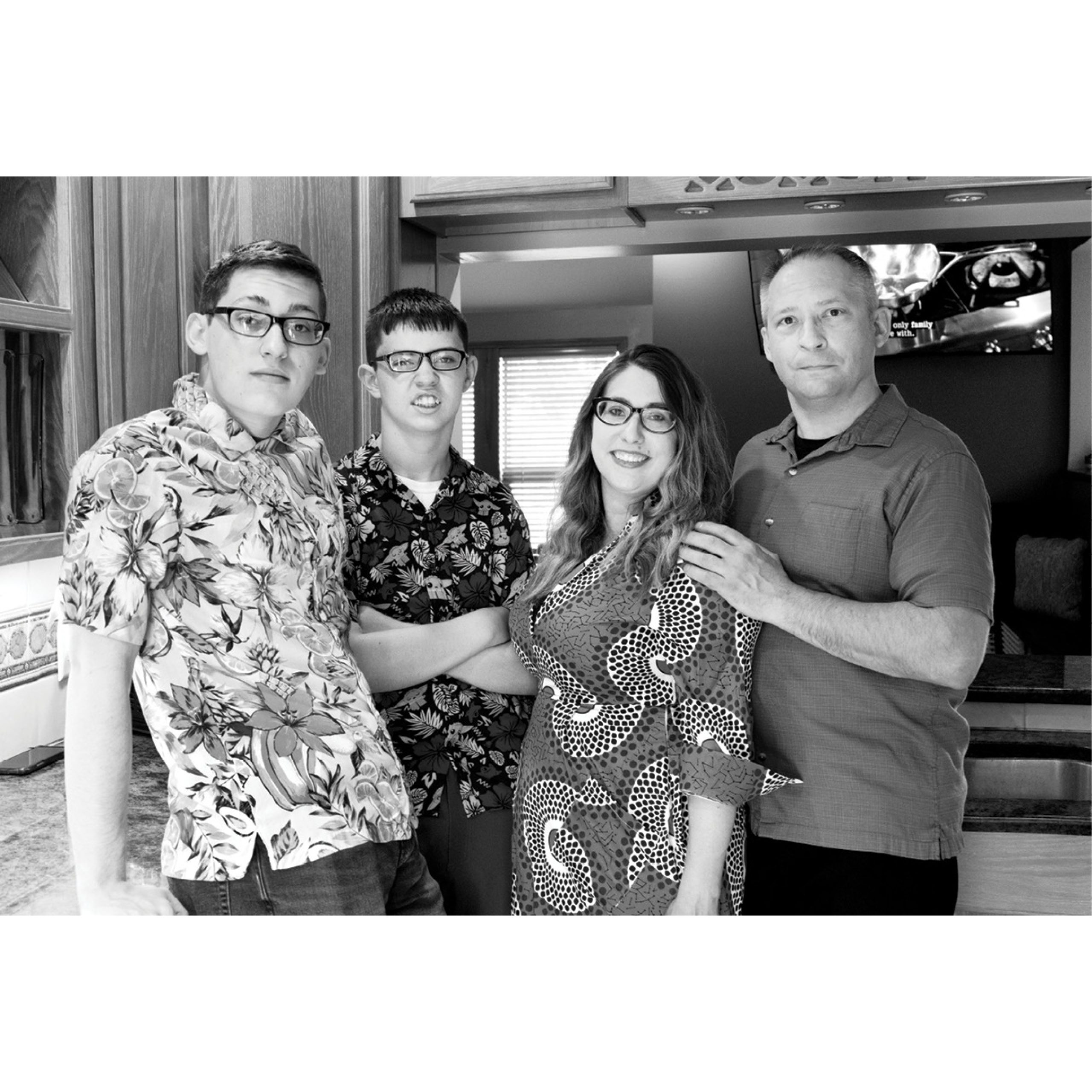
The Kruks say child protective services told them to file a petition for temporary custody. They could enroll the two older kids in school, but all three would continue to receive coverage under their mother’s health insurance. Dave Kruk’s sister would maintain parental rights and regain custody once she completed rehab. There would be no ongoing involvement or oversight by the court or the agency.
It seemed like the best solution for everyone, the Kruks say—until it became clear they were not dealing with a short-term situation. They hadn’t anticipated that the boys would be in and out of their home for years.
“As Kasey would feel better, the children would be returned to her,” Dave Kruk says. “As she would relapse, we would get them again. Each time, it was a little different. It involved a completely different social worker who had no idea about the history of the case because they don’t keep records.”
The Kruks also didn’t realize until much later that these arrangements make up the “hidden foster care” system, and that their family was part of it.
Josh Gupta-Kagan, a clinical professor at Columbia Law School, coined the term “hidden foster care” in a seminal paper published in the Stanford Law Review in April 2020.
“What happens in these cases looks and feels, certainly to the families involved, a whole lot like foster care,” Gupta-Kagan says. “The kids are separated from their parents by an exercise of state power because the state is concerned, rightly or wrongly, about the child’s safety. That’s what the foster care system is, and that’s what happens in these situations.”
But, Gupta-Kagan adds, there are stark differences between the two systems.
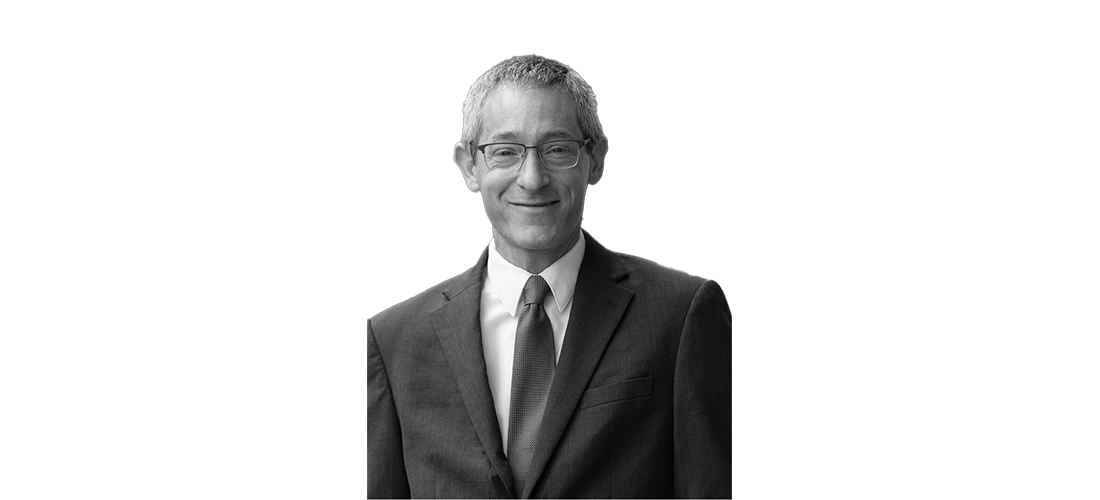
In formal foster care, child protective services agencies annually separate more than 250,000 children from their parents and place them in their state’s legal custody under the oversight of a family court judge. By some estimates, agencies separate the same number of children through hidden foster care but do so by suggesting parents transfer physical custody to a kinship caregiver, such as a grandparent or aunt. They do not file a petition alleging neglect or abuse, involve the family court or report these children’s removal to the federal government.
While some families see benefits to avoiding formal foster care and its problems, Gupta-Kagan and other critics of hidden foster care contend the current system does more harm than good. They say when child protective services agencies make decisions for parents and their children without any oversight, they skirt significant legal obligations. Unlike in formal foster care, they do not need to help parents reunify with their children or provide kinship caregivers with financial support or services. They also aren’t required to monitor children to make sure they stay safe.
“In some ways, it’s easy to see why this practice is appealing to child protective agencies,” Gupta-Kagan says. “They can separate a family, they don’t have to pay the caregiver the way they do in the formal system, and it looks like they’re avoiding foster care because the kids aren’t going onto the foster care rolls.”
Formal foster care parents receive an average of $511 in monthly maintenance payments per child, according to the ABA Center on Children and the Law. Kinship caregivers outside the formal system could receive an average of $249 each month—but only if they qualify and apply for the federal Temporary Assistance for Needy Families program, which may be available to low-income families with children.
"[It] it feels a little coercive when someone comes knocking at your door and says, basically, 'Either put the child with your relative, or we're going to remove them, and you're going to have to go to court.'" -Heidi Redlich Epstein
Heidi Redlich Epstein, an associate director at the Center on Children and the Law, has encountered other concerns with hidden foster care in her work on kinship policy at the state and national levels. Many spring from what’s known as a “safety plan,” a voluntary agreement between child protective services agencies and parents in which parents place their children with relatives. Sometimes the agreement is in writing, but other times it’s verbal, Redlich Epstein says. Often it does not impose a time limit on arrangements.
According to Redlich Epstein, the nature of safety plans—and whether they are voluntary—has come into question as parents report being told if they don’t agree to them, their children will be removed and placed in formal foster care. Because the parents are not involved in court proceedings, they don’t often consult an attorney before these plans are implemented.
“So although it’s called voluntary, it feels a little coercive when someone comes knocking at your door and says, basically, ‘Either put the child with your relative, or we’re going to remove them, and you’re going to have to go to court,’” she says. “How voluntary is that?”
The first time the Kruks agreed to care for their three nephews, they thought the arrangement would be only for a few weeks. But it lasted nearly nine months.
The boys arrived with almost nothing—just some clothes. The youngest was still in diapers. And, the Kruks say, it became obvious their youngest and oldest nephews had developmental challenges and would need access to health care.
“After we realized this was far more than a short stay, that this was serious, it really put a lot of pressure on our family,” Kate Kruk says. “We didn’t budget to have four children. But there were no resources, and we didn’t have time to find them.”
The Kruks say child protective services never presented formal foster care as an option. They instead took time off from work and maxed out credit cards to provide for their nephews. They found new medical and mental health physicians and began the process of having the youngest and oldest boys evaluated for autism spectrum disorder.
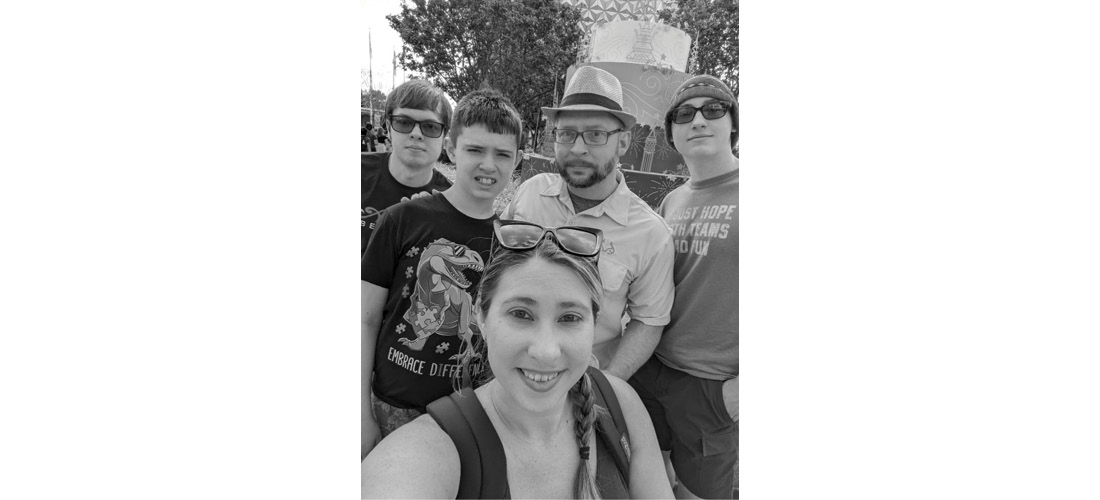
Dave Kruk’s sister regained custody of her children in July 2011, but for the next four years, the Kruks continued to care for them on weekends and during school vacations. At some point, they discovered they were part of a safety plan.
“Apparently, Kasey told the caseworker that, ‘When I feel I need a break, I am going to bring the kids to my brother and my sister-in-law,’” Kate Kruk says. “They created this safety plan, and no one told us.”
The Kruks say the boys’ father was in and out of prison and had no contact with his kids during that time. According to New York state records, MacMillan was convicted of grand larceny in 2012 and criminal mischief in 2014. He was released on parole in 2020.
"We knew this was a revolving door." - Dave Kruk
Child protective services asked the Kruks to take custody of their nephews in 2017 and again in 2019. By this time, the Kruks had hired an attorney and learned about the social and financial benefits provided by formal foster care. They applied to become certified foster parents, which involved background checks, a study of their home and training.
“We realized this situation was untenable because it was becoming unaffordable for us, but also, we knew it wasn’t causing the problem to be solved,” Dave Kruk says. “We knew this was a revolving door.”
After the Kruks received their foster care licenses, they asked child protective services to make them their nephews’ foster parents. They say the agency refused. They were told they were part of a safety plan, and if they wouldn’t care for the boys under the agreement, it could be considered abandonment.
“They said, ‘We can revoke your foster care license, you’ll be found neglectful, and we can come after you and take your son,’” Kate Kruk says.
Stories of unfair practices in hidden foster care, such as those experienced by the Kruks, are common and come from both kinship caregivers and parents.
In January 2016, Gabrial Cisneros-Lassey lived in Washington state with his two young children, who were 7 and 5. He was separated from their mother, who left the children in his care.
He struggled with addiction and homelessness and was staying in a shelter when state child protective services workers became interested in his family.
In working with the agency, Cisneros-Lassey agreed to go to rehab and asked if his kids could temporarily live with his sister or their grandparents. He also asked if his kids could stay with their mother, who left when the younger one was 4 months old and lived in Missouri.
He says child protective services rejected those options, but he doesn’t know why.
"I felt very small and very powerless and just absolutely terrified." - Gabrial Cisneros-Lassey
In his case, social workers wanted him to sign an agreement to place his kids in foster care without relinquishing legal custody of them.
“Every possible solution to the situation other than my kids going into CPS custody, I was told no,” Cisneros-Lassey says. “They told me straight up, ‘Do the voluntary placement, or we’re going to go to court and take the kids.’”
Cisneros-Lassey felt like he didn’t have a choice. He signed the agreement.
“That day in the CPS office, I felt very small and very powerless and just absolutely terrified,” he says. “CPS is an organization that has the power to take a person’s children. That’s like God-level power for any person who values their family.”
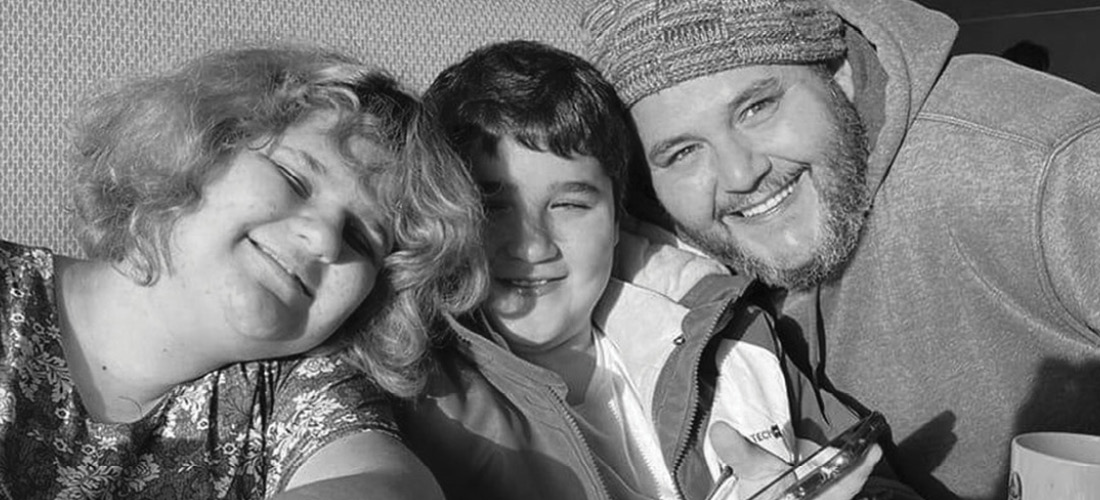
Jason Wettstein, the communications director for the Washington State Department of Children, Youth and Families, said via email he could not comment on the case because child welfare records are confidential under state law.
However, he said, the department generally uses voluntary placement agreements when it is not possible to keep children with their parents because of abuse or neglect, the need for treatment or a medical emergency.
“Families may opt for a time-limited [agreement] to place children in out-of-home care when services can be put into place to mitigate the situation within 90 days,” Wettstein said. “These agreements are considered the least restrictive arrangement if a child is not safe in the home, or the family is otherwise needing care.”
Within a week of getting his kids back, Cisneros-Lassey relapsed. This time, child protective services brought him to court and put his kids in the formal foster care system. Their mother received full custody, and they lived with her until she died of a heart attack in September 2020.
Cisneros-Lassey has been sober for six years and again has full custody of his children. He isn’t currently employed but volunteers with several organizations, including the Children’s Home Society of Washington Parents for Parents program. It connects parents who have navigated the child welfare system with parents who have recently become involved with the system.
"The most important piece for parents is giving them back their autonomy to make decisions about their own family." -Kathleen Creamer
“For parents who are just starting that process and in their worst days, it’s helping lift them up and showing them you might be here today, but you don’t have to stay here,” says Cisneros-Lassey, who lives with his family and their dog in an apartment in Spokane, Washington.
Kathleen Creamer is the managing attorney of the Community Legal Services of Philadelphia’s Family Law Unit, where her team of attorneys, social workers and peer advocates also help parents who are involved in child welfare cases. She believes it’s beneficial to keep children with their relatives if parents decide it is the best option for them.
But Creamer says in most hidden foster care situations, parents don’t have that liberty.
“The most important piece for parents is giving them back their autonomy to make decisions about their own family,” she says. “What that would look like from our perspective is making sure parents are aware of their rights and then have legal recourse to enforce their rights.”
Critics of hidden foster care point to a long line of U.S. Supreme Court opinions that emphasize the right of parents to raise their children.
Stanley v. Illinois is among these opinions. In the 1972 decision, the Supreme Court said under the 14th Amendment’s due process clause, parents are generally entitled to a hearing on their fitness before children are taken from them.
Because hidden foster care avoids the hearings required in formal foster care, Gupta-Kagan points out in his Stanford Law Review article that an important legal question is whether that avoidance violates the right to family integrity without due process. This question, he added, depends on whether child protective services coerces parents to agree to safety plans—arguably, to avoid providing financial support and other services to their children.
Federal appellate courts have issued split decisions on this issue.
The 3rd U.S. Circuit Court of Appeals in Philadelphia in 1997 held in Croft v. Westmoreland County Children and Youth Services that a child protective services worker gave a father who was suspected of abuse an “ultimatum,” saying that “unless he left his home and separated himself from his daughter until the investigation was complete, she would take [the child] physically from the home that night and place her in foster care.”
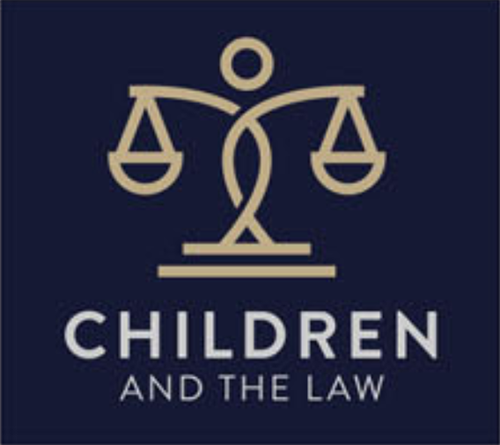 This feature is part of the ABA Journal’s Children & the Law series exploring children’s law and juvenile justice.
This feature is part of the ABA Journal’s Children & the Law series exploring children’s law and juvenile justice.
The 3rd Circuit characterized the agency worker’s conduct as an abuse of power since she didn’t have enough evidence to conclude abuse occurred.
The appeals court also rejected the argument that the father’s decision to leave home was “voluntary.”
“The threat that unless [the father] left his home, the state would take his 4-year-old daughter and place her in foster care was blatantly coercive,” the court said.
The 7th U.S. Circuit Court of Appeals in Chicago came to a different conclusion in Dupuy v. Samuels in 2006. This class action involved a challenge to the Illinois Department of Children and Family Services practice of threatening to place children in formal foster care if parents did not agree to a safety plan that transferred physical custody of their children to someone else.
The 7th Circuit determined safety plans are optional because parents can turn them down.
“It is rare to be disadvantaged by having more rather than fewer options,” the appeals court said. “If you tell a guest that you will mix him either a martini or a Manhattan, how is he worse off than if you tell him you’ll mix him a martini?”
Courts are now considering or have decided about two dozen other cases involving hidden foster care, according to information collected by the ABA Center on Children and the Law. While their outcomes are mixed, one recent decision stands out.
In 2021, a federal jury in North Carolina awarded $4.6 million to a father and his daughter from Cherokee County. They were separated after he signed a “custody and visitation agreement” that illegally purported to terminate his custody of his daughter. The jury found social services officials violated the family’s due process rights and “acted in a grossly negligent manner.”
Later the same year, Cherokee County agreed to a $4 million settlement with a 21-year-old who argued she was illegally separated from her family and placed in hidden foster care. Her story was featured in a ProPublica/New York Times Magazine investigation.
Aubrey Edwards-Luce has unique insight into hidden foster care.
She started her career as a social worker, helping children at risk of abuse and providing counseling to their parents and guardians. She went to law school and later became a guardian ad litem attorney at the Children’s Law Center in Washington, D.C., where she represented children in foster care.
Edwards-Luce was a senior policy attorney with the center in 2019 when she received a late-night call from her goddaughter’s mother. She told Edwards-Luce that another household member had harmed her two children. The local child protective services office had threatened to place them in foster care during its ongoing investigation. She asked whether Edwards-Luce and her husband, who was a pastor at the family’s church, would look after them instead.
"[As] these things go, it's never happening during the day when you have more time to figure out what to do. So we said yes." - Aubrey Edwards-Luce
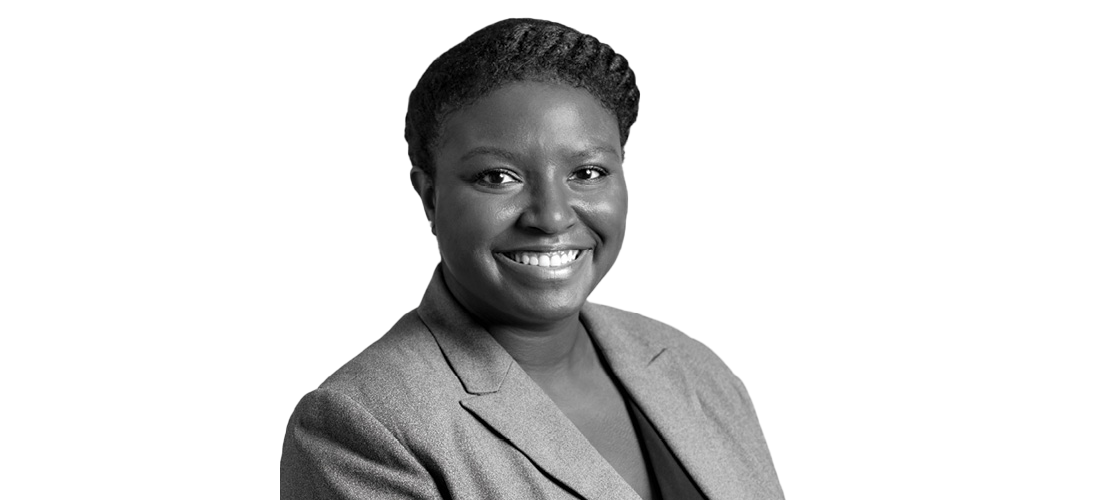
“I had worked as an attorney in the child welfare space and didn’t want my goddaughter or her sister to experience the foster care system if we could avoid it,” says Edwards-Luce, who recently became executive director of the Sayra and Neil Meyerhoff Center for Families, Children and the Courts at the University of Baltimore School of Law. “And of course, as these things go, it’s never happening during the day when you have more time to figure out what to do. So we said yes.”
Like the Kruks, Edwards-Luce had to find mental health services and other support for the girls, who were 15 and 13.
But she had reasons for keeping them out of the foster care system. She didn’t want to subject them to the trauma that comes with moving into strangers’ homes. And even if she became a licensed foster parent, she says, she knew it didn’t mean she could keep them.
"I have experienced and witnessed bias against different families inside of the court system." - Aubrey Edwards-Luce
“Hopefully, we would get a guardian ad litem and a judge and an attorney who would see things the way we do, that the girls didn’t need to be in foster care,” Edwards-Luce says.
“But I have experienced and witnessed bias against different families inside of the court system. It doesn’t seem to always matter how strong your evidence is because discretion and the decision-making lies in somebody else’s hands.”
Edwards-Luce, who had a 2-month-old daughter at the time and is Black, was aware that 53% of Black children’s homes are investigated by child protective services and that the agency disproportionately places Black children in foster care.
“I was not at all interested in having that risk be present in our family,” says Edwards-Luce, who now has physical and legal custody of her goddaughter. Her goddaughter’s sister returned to her mother.
Redlich Epstein, who was also a social worker before she became a lawyer and joined the ABA, says these concerns echo across the hidden foster care—and formal foster care—systems. “Kinship caregivers outside of the child welfare system are not supported as well as those in the system, but you shouldn’t have to enter foster care to help care for a child,” she says. “Many of them don’t want a caseworker in their house or want to come to court. They don’t want that hassle.”
Redlich Epstein adds that education could go a long way in these situations.
“To me, knowledge is power,” she says. “What kind of information is being provided to the families so they can make an informed decision about whether they want to enter the system or not?”
The Kruks entered the formal foster care system with the help of their attorney.
Child protective services filed a petition for neglect against Dave Kruk’s sister in January 2019 and placed her two older boys under the Kruks’ care for about 14 months. Eventually, they both returned to their mother.
The Kruks’ youngest nephew, who began attending a residential school for children with disabilities, visits them on weekends. They still have physical custody of him. “They are now 20, 18 and 15—if that puts it into perspective how long we have been involved in hidden foster care, foster care and with the child protective services system,” Kate Kruk says. “It’s been over a decade, and essentially, their entire childhood.”
The relationship between Dave Kruk and his sister is strained, and they are no longer in contact. The ABA Journal attempted to reach Kasey Kruk, who also goes by Kasey Jachura, and MacMillan for their sides of the story but was unsuccessful. Multiple calls to the Schenectady County Children and Family Services Office also went unanswered.
The Kruks became involved in the New York State Kinship Navigator program and testified before state lawmakers during a public hearing on family involvement in the child welfare system in October 2021. They advocated for legislation that would require safety plans to be in writing, include a time limit and provide families with information on supportive services. It also would require agencies to provide data on children who are placed with kinship caregivers. The bill, which was drafted by a coalition of attorneys and practitioners who work with caregivers, parents and local departments of social services, was reintroduced in February but never moved out of committee.
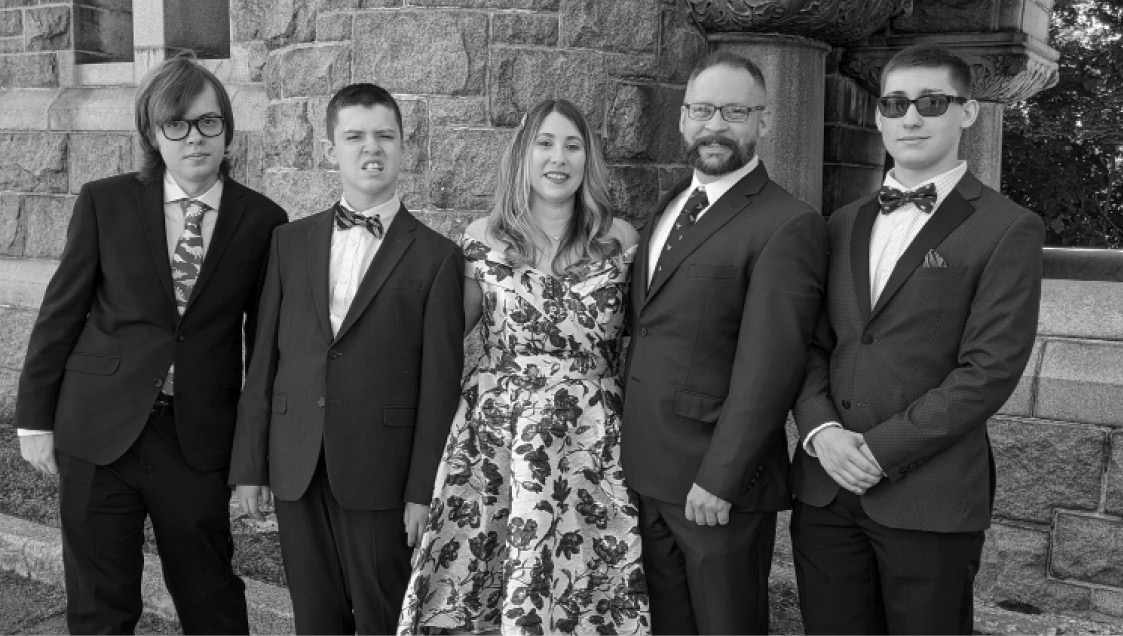
In April, New Mexico became the first state to adopt legislation that would both ensure kinship caregivers involved in hidden foster care receive subsidies, and parents receive legal counsel before being separated from their children, Gupta-Kagan says. (For more on this, see “Advocates support use of ‘kin caregivers’ in child welfare cases”.)
Other jurisdictions, including Texas and Washington state, have considered similar regulations for hidden foster care this year. And in Pennsylvania, state officials issued guidelines to its local child protective services agencies reinforcing that safety plans should be voluntary, generally not exceed 60 days and ensure due process, which includes allowing parents to review plans.
But Creamer contends many agencies do not follow these guidelines.“What we’re seeing is that practices are very inconsistent from county to county, and we are still hearing stories about families experiencing hidden foster care without access to due process,” she says.
Creamer is a member of the Hidden Foster Care Working Group, a national coalition that is encouraging the U.S. Children’s Bureau, an office of the Administration for Children and Families, to issue new guidance to state agencies.
Gupta-Kagan and Redlich Epstein also are involved in the group, which recommends requiring states to document when they use hidden foster care, increasing due process protections around kinship placements and guaranteeing parents access to counsel.
The Kruks believe such measures would ensure families facing difficult and life-altering decisions receive much-needed assistance and could help stop the cycle of problems they endured. “When you have children brought to your door, you want to do the best for everybody in the situation,” Kate Kruk says.
This feature is part of the ABA Journal’s Children & the Law series exploring children’s law and juvenile justice.